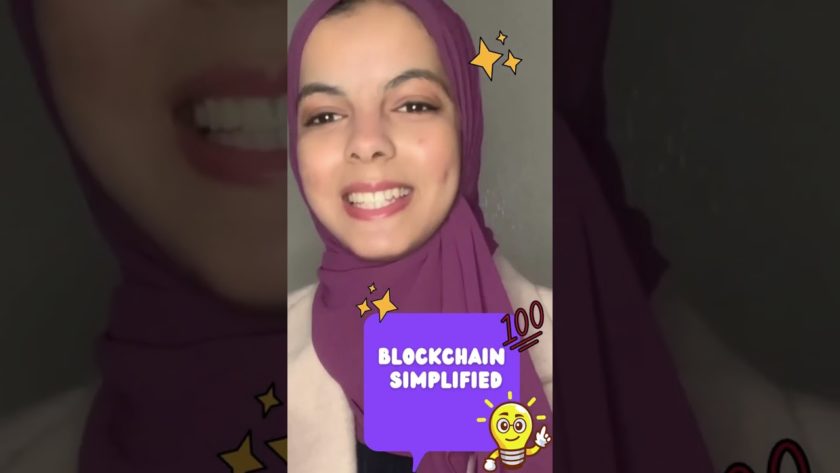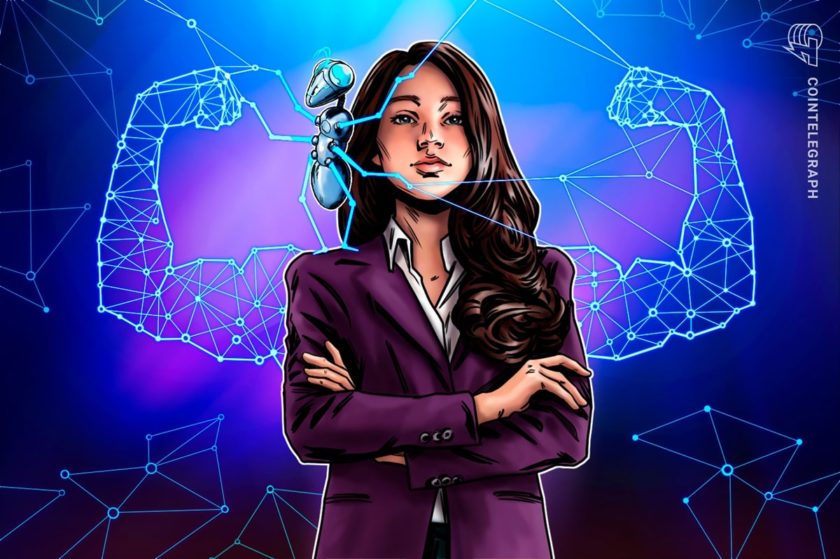Molly Webb has been working closely with the Brooklyn microgrid scheme’s organisers, LO3 Energy, in trying to understand the opportunities and barriers for transactive energy.
LO3 won an Energy Unlocked 2016 challenge to find companies making waves in the realm of energy productivity.
Webb’s organisation, Energy Unlocked, aims to accelerate the transition of energy systems – which are increasingly seeing an influx of distributed energy resources (DERs) – by working with businesses of all sizes, understanding market-enabling conditions for new solutions to succeed, and providing processes to accelerate low carbon, resilient, renewable solutions.
LO3, which secured investment from Centrica, Siemens and Braemar Energy Ventures last year, is not confined to Brooklyn. They have also been running projects in Germany and Australia and have just launched added further projects in the US and Australia along with a new 200-home project in Cornwall in partnership with Centrica in the UK.
Webb describes the nature of the technology as more peer to market than peer to peer – in that it is not just offering transaction between two individuals, it is creating neighbourhood-wide markets in which local energy can be traded within a specific virtual or physical microgrid.
“The idea behind peer to market is that by participating with your peers, you aren’t just trading between each other, but you are creating a new marketplace where new services might be available,” explained Webb.
“To achieve this, LO3 has recently launched Exergy, a tokenised blockchain platformborne out of the Brooklyn project that is globally scalable and that could underpin the energy marketplaces of the future.
“LO3 has developed its own IoT hardware, which possesses both a meter and control function, to make it possible to collect grid-edge energy data – not limited to consumption and production in homes or offices and including other useful information to enable services like local balancing or voltage control.
“The meters require users to “stake” or assign a number of ‘tokens’ to access to the local Exergy blockchain and participate in the local marketplace. Once they have done this, the blockchain architecture allows their data to be securely exchanged such that market transactions based on their energy preferences — which they can set and change via a smartphone App — are possible.”
LO3’s focus is for Exergy to become a standardised part of the energy data value chain and, as such, they intend to make it open source, to encourage others to build Exergy-compliant hardware and software.
“Users simply select their preferences on the app and the blockchain system, through the use of smart contracts, does the rest for them.
“For example, someone can choose to purchase electricity in 15-minute blocks from only wind and solar only from their neighbourhood, stating their maximum and minimum price, and if it is available within those pricing boundaries, the transaction is made.
“The Exergy system, which uses the XRG token, takes it a step further and not only provides the incentive for permissioning a device to be part of the local microgrid network, whether that’s a meter, solar panel or EV or smart charger, but it also rewards for the data provided.”
That ability to set a preference on where your energy comes from and to set the parameters of spending is about as advanced as it’s possible to get for the prosumer in Brooklyn, but more is coming in other projects, such as micro hedging for businesses in Texas and paying farmers for demand response in Australia.
The question is, who will want it.
“The assumption is that many customers don’t care about this and it’s very difficult to know what the customer segmentation would be,” said Webb. “But actually, a report by Accenture, global in scope, shows around 69 per cent of customers want access to different types of services.
“Whether that means everyone is going to care or change their behaviour to something altruistic, probably not…but a lot of customers DO care about buying local produce or having a cheaper choice for whatever products they are buying and not having to encounter difficulty in accessing that.
“Currently, in the UK for example, all that is on offer is the ability to switch supplier. You’re not necessarily getting the benefit – because everyone is cynical about the ability of others to offer something better. But what transactive energy does is offer a consumer easy access to a new product you wouldn’t have had access to before.”
Currently, as a prosumer, you may be able to sell your electricity for a FIT (Feed in Tariff) or a specific related return on that excess power, but this opens up new opportunities both on the sales and purchasing sides.
“Maybe you would choose to sell your energy to your neighbour, to power their EV, for a little less because you want pollution to be reduced in the neighbourhood,” adds Webb. “Or maybe you find someone nearby is willing to pay a higher price for local electricity than you can currently get. The point is, with transactive energy, you get a choice.”
“None of these behaviours have been tested and not everyone will want to take advantage of them but it can become very automated or even habitual – in the sense that if you know it’s going to cost you less to charge your EV on one block than another, you may be willing to drive there to charge your vehicle more cheaply.“
But it’s not just consumers that can be better off from this blockchain revolution. Lots of firms in the existing energy chain stand to benefit too.
“For businesses such as network operators, load aggregators of demand for DER, or microgrid developers looking for different ways to finance the infrastructure build, transactive energy actually offers a lot of options as well,” adds Webb.
“Essentially transactive energy pulls down the pricing and choice capabilities that have traditionally been centralised in the industry and puts them right at the grid edge at a time when new smart devices and distributed energy resources such as PV cells and wind turbines are all coming into play. And you can imagine a whole new range of services on top of that.
“All of the market participants within the energy system, all around the world, are looking for different business models because with the growth of DERs, the current way of getting return on investment isn’t necessary as guaranteed any longer. This is very interesting to them.”
So what started this dive into the possibilities presented by pure prosumerism? Webb relates a story she heard on the subject, that explains clearly the motivation for such a system.
“In Brooklyn there’s a story of a woman who thought she was paying for wind power,” she says. “She was paying a premium to a supplier because she thought it was renewable and didn’t realise she wasn’t physically able to purchase it. That was a renewable energy certification process that didn’t impact her community – so she was able to see a smoke stack out the window where her power was actually coming from and that was what motivated that neighbourhood to actually learn where their energy comes from.”
The impetus also came from Hurricane Sandy and the community realising they didn’t have power even if you have a solar panel on your roof. If the grid goes out you don’t have access to that power and the realisation that the resiliency of the community wasn’t as strong as they had thought after that once-in-a-100-year storm added to their motivation.
“It’s not just about wanting to sell kilowatt hours for money – there are a lot of other values that are coming into it,” adds Webb. “Over time, transactive energy promises a more optimised system overall, which should in theory be more cost-effective.
“Right now, you might have to pay more for the local energy product or a green energy product because it isn’t as cheap as the other products but over time, if you are optimising and producing renewable energy locally, the green energy will be cheaper in the long run because there is a different way of organising the grid.”
Ultimately, the Energy Unlocked chief foresees heightened relevance for the technology in helping to address the huge challenge of integrating DERs.
“Fundamentally, we are not in a position to manage the huge amount of complexity at the grid edge that is coming now with increasing intermittent renewables and other sources of demand and supply,” she concludes.
“We will have to shift to something else. I believe that something else is transactive energy and LO3 is the closest to having built a platform – Exergy – that would enable it.




